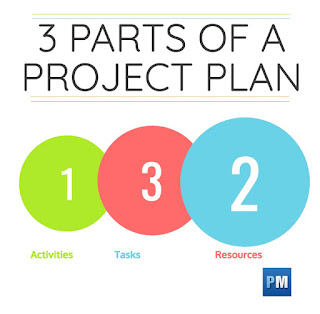
Value of Project Management Through proper project management, you can assure that the purpose/vision and goals of the project are maintained, all while supporting the audiences’ tasks and objectives. Additionally, you avoid risks and effectively and efficiently use your available resources. It also helps the team members to understand their responsibilities, the deliverables expected, and the schedule everyone needs to follow to complete the project on time and within budget. Areas within Project Management The Project Management Institute (PMI) has identified nine areas of knowledge within project management: integration management scope management time management cost management quality management human resource management communication management risk management and procurement management Building a Team and Encouraging Communication Depending on your project needs, the may vary. Keep in mind that members on your team may fulfill one rol...


